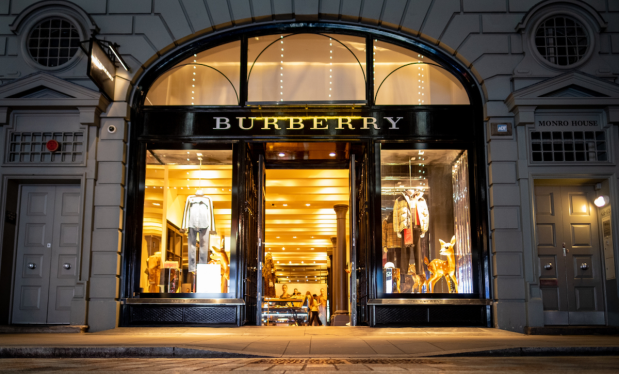Luxury Brands and Retailers Rethink Strategy Amid Economic Challenges

With the high cost of maintaining a luxury brand, key players are making major decisions, changing the way they operate to navigate the current challenging economic climate.
Luxury brand Burberry, for instance, is gearing up to cut hundreds of jobs amid ongoing financial challenges, per a Telegraph report — possibly as many as 400 of the company’s more than 9,000 total employees. The company’s stock has fallen more than 36% year to date, and its most recent annual report showed a 25% decrease in adjusted operating profit.
“A huge amount of work has gone into operationalizing our strategy over the past year. We are fortunate to have such a strong and complementary team,” Burberry CEO Jonathan Akeroyd wrote in the report. “In the context of a still uncertain external environment, we expect the first half of FY 2024/25 to remain challenging and the benefit of the actions we are taking to start coming through from the second half.”
Amid this uncertain environment, some brands are refocusing their investments on real estate to increase their control. A recent Modern Retail report notes that luxury brands are increasingly buying up property, becoming their own landlords in an effort to have greater autonomy in key shopping areas — from Prada’s $835 million property purchase in New York City to Chanel buying a building in San Francisco’s Union Square and LVMH buying $2.66 billion in real estate around the world last year.
“We’re trying to secure and to buy the best possible locations for our companies, AAA locations,” LVMH Chairman and CEO Bernard Arnault told analysts on a company earnings call earlier this year. “If you take the Fifth Avenue in New York, we have three of the best corners there are. You pay them B+ and buy them pay them at the AAA prices, because some of our peers haven’t quite understood.”
On the retailers’ end, too, there has been considerable shakeup. In a landmark merger, Saks is reportedly buying Neiman Marcus, relying on Amazon’s involvement to ensure its omnichannel success going forward.
Even high-earning consumers are facing budgetary pressures. The February/March installment of the PYMNTS Intelligence series “New Reality Check: The Paycheck-to-Paycheck Report” drew from a survey of more than 4,200 U.S. consumers to understand their financial lifestyles across different income brackets. The study found that nearly half of those who earn more than $100,000 a year live paycheck to paycheck, as do a third of those who earn more than $200,000.
Still, these consumers prioritize nice-to-haves like luxury fashion. The same study revealed that those who make more than $200,000 expect to spend 8.5% of their monthly income on clothing, accessories and personal care items, while the overall population expected to spend only 7.2%.
As the luxury sector grapples with a challenging economic landscape, the ability to adapt and innovate is crucial. The path forward may be fraught with uncertainty, but the resilience and ingenuity of these brands ensure that they remain at the pinnacle of the industry, continuing to captivate and inspire consumers worldwide.
For all PYMNTS retail coverage, subscribe to the daily Retail Newsletter.

